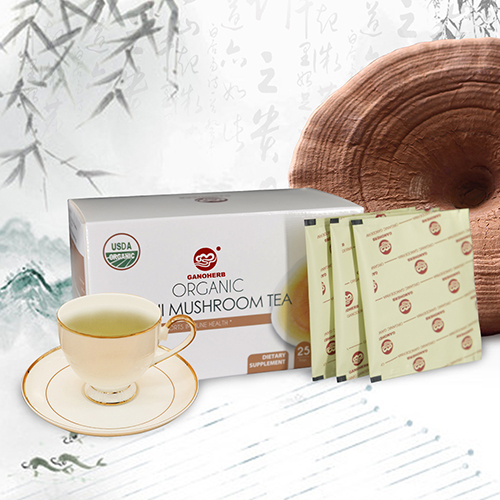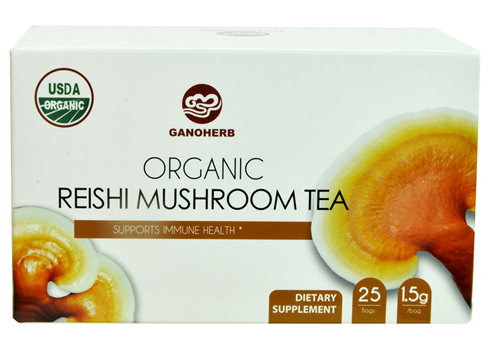Feeding hares on feed formulations not only creates conditions for improving the performance of rabbits and preventing certain diseases caused by feed malnutrition, but also lays the foundation for lowering feed costs and improving aquaculture benefits. Feed formulas should follow certain principles and master certain methods.
First, the formula principle
1 . Feeding standard selection
The appropriate nutrition standards should be selected according to the rabbit's breed, type, physiological stage, etc., and appropriate adjustments should be made in light of the actual conditions of the rabbit farm and local feed and environmental conditions.
2 . The choice of feed ingredients
The choice should be based on the economics, nutrition, palatability and non-toxicity of the feed. Try to choose local production, large quantities, wide sources, and low prices of raw materials. It is not possible to perform nutrient analysis and analysis on each of the feed ingredients, and reference should be made to the nutrient supply value of the commonly used feed nutrient composition table. For the long-term and large-scale use of the main raw materials, it is necessary to conduct nutrient composition tests.
3 . Nutritional complementarity
With any or a few feed ingredients, it is impossible or difficult to meet the rabbit's needs for various nutrients. And a variety of feed with a reasonable match, you can learn from each other. Raw materials such as energy feeds, protein feeds, roughage feeds, and mineral feeds should be properly combined. Each type of feed should preferably be in three or more types.
4 . Feed palatability
Because the hare's sense of smell and taste are advanced, the choice of feed ingredients must take into account palatability issues. In general, rabbits like to eat sweet, juicy, slightly sour, slightly fragrant, slightly spicy, slightly bitter (grass bitter, non-chemical bitter) and granules, do not like odor, mildew Tasteful, thick, pungent and finely powdered. Some foreign feed companies often add some molasses to the feed, which can increase the palatability of the feed and facilitate the formation of feed pellets.
5. Nutrient concentration
The intake of rabbits is generally limited. Although hares have the characteristic of adjusting feed intake according to the energy concentration of feed, excessive or low nutrient concentrations in compound feeds will have adverse effects. There are many factors that affect the feed intake of rabbits. Under normal circumstances, the daily intake of air-dried feed for different rabbits as a percentage of body weight is: 3.5%-4.5% of empty female rabbits, 4.5%-5.5% of pregnant female rabbits, and 5% of growth fattening rabbits. -7%, lactating female rabbits more than 8%. These factors should be taken into account when designing formulations.
Second, the proportion of various raw materials
(1) 30%-50% of roughage (such as hay, leaves, dregs, crop stems, etc.).
(2) Energy feed (such as corn, rice, etc.) 25%-35%.
(3) 10%-30% of bran feed (such as rice bran, wheat bran, etc.).
(4) 5%-20% of vegetable protein feed (such as bean cake, peanut cake, etc.).
(5) 0-5% of animal protein feed (such as silkworm meal, meat meal, etc.).
(6) Calcium, phosphorus feed (such as bone meal, stone meal, shell powder, etc.) 1%-3%.
(7) Salt 0.3%-0.5%.
(8) The antibiotic dregs (such as oxytetracycline slag, lincomycin slag) is less than 4%.
(9) Toxic cakes such as cottonseed cakes, rapeseed cakes, etc.: There are less than 8% of empty female rabbits and fattening rabbits, and less than 5% of breeding male rabbits, pregnant female rabbits, and lactating female rabbits.
Three, diet formula
1 . Rabbit
30% cornmeal, 30% bran, 20% soybean cake, 10% gluten, 8.5% lotus root, 0.5% salt, 1% nutrients or auxin.
2 . Wild Hare
Grass powder 50%, wheat bran 20%, corn 15%, soybean cake 11%, bone meal 2%, salt 1.5%, auxin 0.5%. Each rabbit feeds 100 grams, plus an additional 700-800 grams of green material.
3 . Empty female hare
Grass powder 50%, wheat bran 20%, corn 15%, bean cake 11%, bone meal 2%, salt 1.5 rings, auxin 0.5%, feed 80-100 grams per rabbit, 700-800 grams of green material. Another 10-15 days before mating, rabbits were given vitamin E tablets every day and fed in two batches to promote estrus.
4 . Pregnant female hare
(1) 45% of grass powder, 30% of corn, 14% of wheat bran, 6% flax cake, 2% of fishmeal, 1.5% of bone meal, 0.5% of salt, and 1% of additives.
(2) 34% of grass powder, 25% of bean cake, 20% of wheat bran, 15% of corn, 4% of bone meal, 1.5% of salt, and 0.5% of auxin. Feeding 110-130 grams a day, the green material must be controlled below 600 grams.
5. Lactating female rabbit
(1) 30% cornmeal, 20% husk powder, 10% peanut meal, 9% wheat bran, 8% sesame oil residue, 5% bean cake, 5% millet glutinous rice, 4% cotton seed cake, 2% peanut cake, 0.5 bone meal %, salt 0.5%, additive 1%.
(2) 21% cornmeal, 20% brewers' grains, 18% wheat bran, 10% peanut husk, 8% peanut cake, 8% corn husk, 6% bean cake, 6% of cotton kernel cake, 1% bone meal, 0.5% shell powder , Salt 0.5%, additives 1%.
(3) 35% of grass powder, 20% of corn flour, 20% of soybean cake, 10% of wheat bran, 10% of rice bran, 3% of bone meal, 1.5% of salt, and 0.5% of auxin. Feed 150 grams per rabbit on a daily basis and 800-1000 grams of green material. Plus, 3-5 pieces per rabbit (wash, cook, chop).
6 . Growing fattening
(l) 30% corn, 25% eucalyptus, 15% peanut, 8% sesame oil, 5% wheat bran, 5% peanut cake, 5% cotton cake, 4% bean cake, 0.5% bone meal, 0.5 salt %, additive 1%.
(2) 30% wheat bran, 24% grass flour, 15% barley, 10% soybean cake, 8.5% corn, 8% rapeseed cake, 2% fishmeal, 1.5% stone powder, 1% salt.
Ganoderma tea (Reishi Mushroom Tea/ Lingzhi Tea) is made of 100% USDA certified organic Ganoderma Lucidum. The Ganoderma Lucidum ingredient used for this product comes from our self-built organic Ganoderma farm located in Mt. Wuyi, Fujian, one of the largest Ganoderma origins in China. The whole cultivation process strictly follows the organic standards without any use of pesticide, herbicide, and chemical fertilizer to ensure its highest quality and efficacy.

This organic Ganoderma Tea is very convenient to carry and make. Each box has 25 individually packaged tea bags. Just open the sachet, put the tea bag in a cup and add hot water, a cup of warm and delicious Ganoderma tea will be ready for you in just 1-2 minutes.

This product has a unique mushroom flavor and a mellow sweet aftertaste. Different from other Herbal Tea on the market, Ganoderma tea has many health benefits, such as enhancing overall immunity, relieving stress, improving sleep quality and reducing allergy. It is gluten free, lactose free, and no additives or preservatives whatsoever, therefore it Is suitable for all people especially for people with low immunity or high stress.
Ganoderma Tea
Ganoderma Tea,Reishi Tea,Reishi Mushroom Tea,Herbal Tea,Ganoderma Lucidum Tea,Lingzhi Tea
Ganoherb International Inc. , http://www.ganoherb.us
